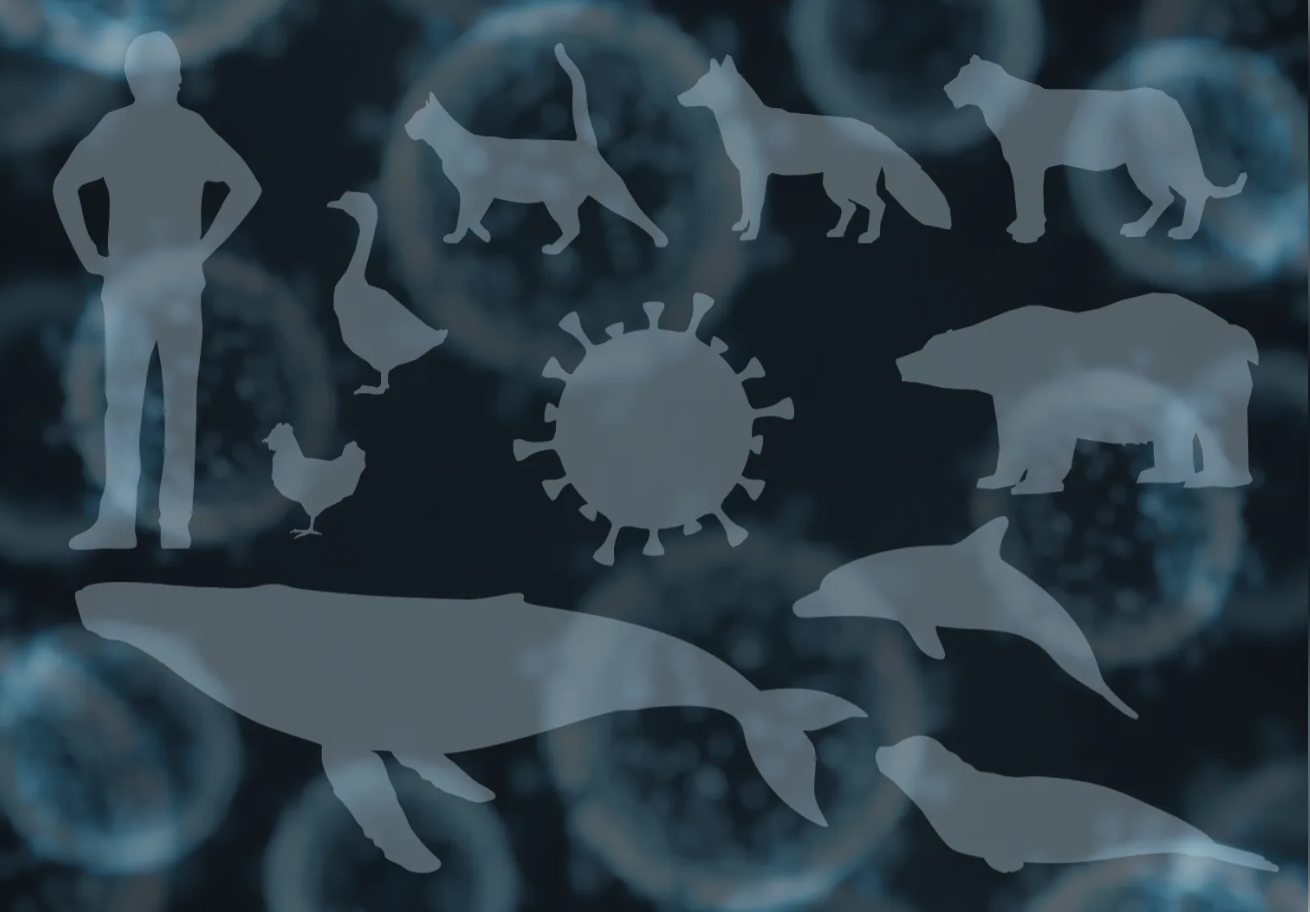By Cat Holmes
University of Georgia
How extensive is fecal contamination of water surrounding the
Florida Keys and how harmful is it to humans and the
environment? These are questions troubling both University of
Georgia scientists and
residents of the string of more than 1,800 tropical islands
arcing off the southern tip of Florida.
With few large, modern sewage-treatment plants in the area,
most human waste is processed by small-scale waste water
treatment plants, or more commonly flushed into thousands of
septic tanks and cesspits ( holes in the ground covered with
concrete slabs).
Some homes, like most of the thousands of houseboats docked in
the Keys, simply have waste pipes leading directly from toilets
to the ocean. Older sewer lines also are known to leak
untreated sewage into the groundwater.
Microbiologist Erin Lipp is looking to the coral reefs
surrounding the islands for some answers.
“The [septic] fields are so porous that even the legal systems
are not functioning,” said Lipp, who works with the University
of Georgia Department of Environmental Health Science. A 42
percent increase in the population each spring, when tourist
season arrives, adds even more strain to the islands’
inadequate waste treatment systems.
Resulting human fecal contamination near shore is well-
documented, Lipp said. “About 95 percent of the canals tested
in the Keys tested positive for human viral pathogens like
polio, hepatitis A and Norwalk.”
How much wastewater is reaching the region’s coral reefs
further offshore, and to what extent it may be affecting them
and offshore water quality are big unknowns. UGA ecologist Jim
Porter has found the reefs have been decimated. He has
documented a 38 percent decline in living coral coverage in the
Keys over the last seven years.
Scientists suspect that there’s a connection between the
contamination and the reef reduction, but offshore water
testing hasn’t indicated the amount of human contamination that
scientists suspect might be present, Lipp said.
“In a recent study, 13 out of 15 coral heads had the RNA of
viruses on them but only one water sample indicated fecal
contamination,” said Lipp. “In fact, offshore water testing has
hardly detected any fecal indicators.”
Lipp thinks the corals themselves may hold the answer – that
bacteria and viruses from human waste may be collecting on the
reefs rather than floating around in the ocean.
“These bacteria and viruses prefer sediment or surface,” Lipp
said. “They will colonize before they’ll simply float
around.”
Furthermore, coral is a particularly hospitable environment for
microbes. “Corals produce a mucus in response to stress,” she
said. “It’s very sticky and a highly nutritional environment
for bacteria.”
If human viruses and bacteria are collecting on coral as Lipp
suspects, then the reefs would be a more accurate indicator of
human fecal bacteria and pathogenic viruses offshore than water
sampling.
Scientists have discovered bacteria indigenous to the ocean on
the surfaces of corals that are two orders of magnitude higher
than a few years ago, Lipp said She, along with co-
investigators Dale Griffin of the U.S. Geological Survey in
Florida and Joan Rose of Michigan State University will look
specifically for human viruses and bacteria on the coral.
“Coral may be a more efficient and effective bio-indicator
versus sampling hundreds of liters of water,” Lipp said.
With more accurate indications of human pathogens in near and
offshore waters, scientists could create more accurate models
to assess the risk of human waste to humans and the
environment.
In a separate study, Lipp is investigating the origins of white
pox, a coral disease that has destroyed a large part of the
population of elkhorn coral in the Keys. White pox is caused by
a bacterium that is also a human pathogen – it’s a common
source of hospital infections – which suggests there may be a
link between it and human activities.
Lipp, along with UGA researchers Kathryn Patterson Sutherland
and Jim Porter, will use DNA fingerprinting to examine strains
of this bacterium to determine the source.
Cat Holmes is a news editor for the University of Georgia
College of Agricultural and Environmental Sciences.




